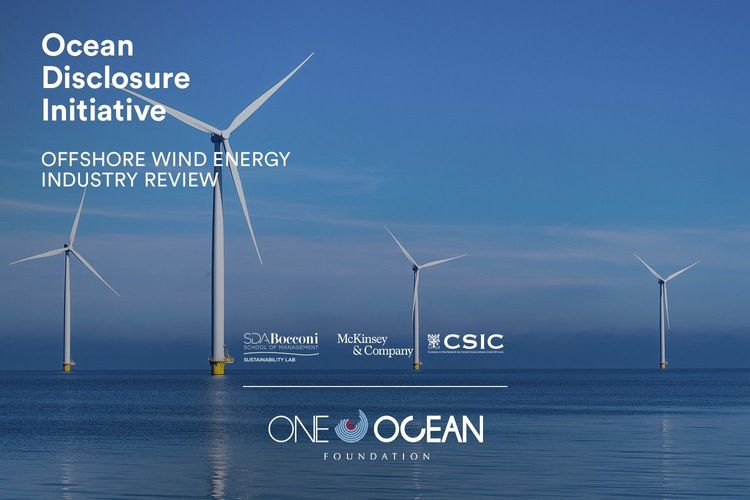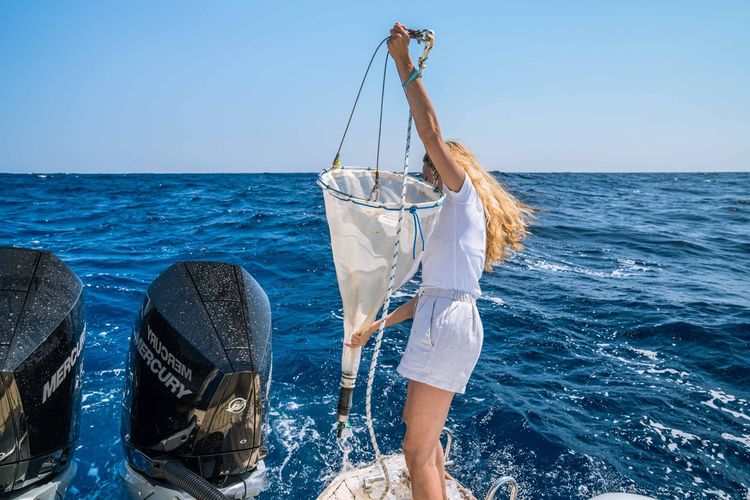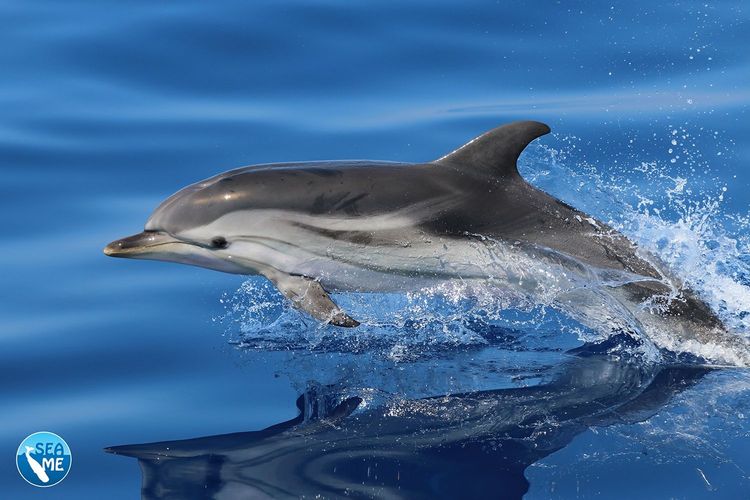
The production of energy from renewable sources is crucial for tackling climate change and ensuring energy security. Offshore wind energy stands out as a promising clean energy source due to the presence of strong, consistent winds in the ocean, reduced turbine wear, and fewer visual and spatial constraints. For these reasons, offshore wind capacity is growing significantly, with projections for rapid expansion in the coming years.
In this report – conducted in the framework of the Ocean Impact Initiative - we explore the pressures of the offshore wind energy sector on the ocean and highlight some of the best practices to mitigate its environmental footprint.
DOWNLOAD THE REPORT
Potential environmental impacts of the Offshore Wind Energy Industry on the ocean
While the industry of offshore wind energy is crucial for tackling the global energy crisis, it is still in the early stages of development, and further research is needed to understand its potential environmental impacts, especially on marine ecosystems.
The potential concerns include:
- Loss of biodiversity: Displacement of marine organisms from their habitats and increased collision risks
- Noise pollution: Disruption of communication and navigation systems in marine mammals
- Damage to the seafloor: Increased turbidity and sedimentation lead to alteration in benthic communities and broader ecological changes in the marine food chain
- Hydrographical changes: Changes in wind speed significantly impact ocean stratification and affect salinity levels
- Chemical pollution: Released contaminants from antifouling treatments can disrupt the endocrine systems of marine species
Sustainable practices to mitigate the impact of the Offshore Wind Energy Industry
In alignment with the rising focus on sustainable practices, the offshore wind sector can incorporate various good practices to reduce its environmental impact:
- Careful site selection: Avoid critical habitats such as migration corridors and feeding grounds to reduce collision risk and wildlife disturbance.
- Noise reduction: Use acoustic deterrents and bubble curtain technology to minimise turbine noise.
- Sediment control: Utilise sediment control measures like silt curtains and sediment traps to reduce water turbidity.
- Optimised turbine operation: Implement variable-speed turbine operation to adapt to changing environmental conditions and to reduce influence on water stratification.
- Sustainable corrosion protection: Employ non-toxic antifouling and corrosion protection to minimise chemical pollution.
- Ongoing environmental monitoring and implementation of new digital technologies: Leverage continuous assessment and advanced technologies to better understand and mitigate impacts while exploring new economic opportunities.
This review underscores the commitment of One Ocean Foundation to foster sustainable growth of the Offshore Wind Energy Industry while preserving our beautiful marine ecosystems.


